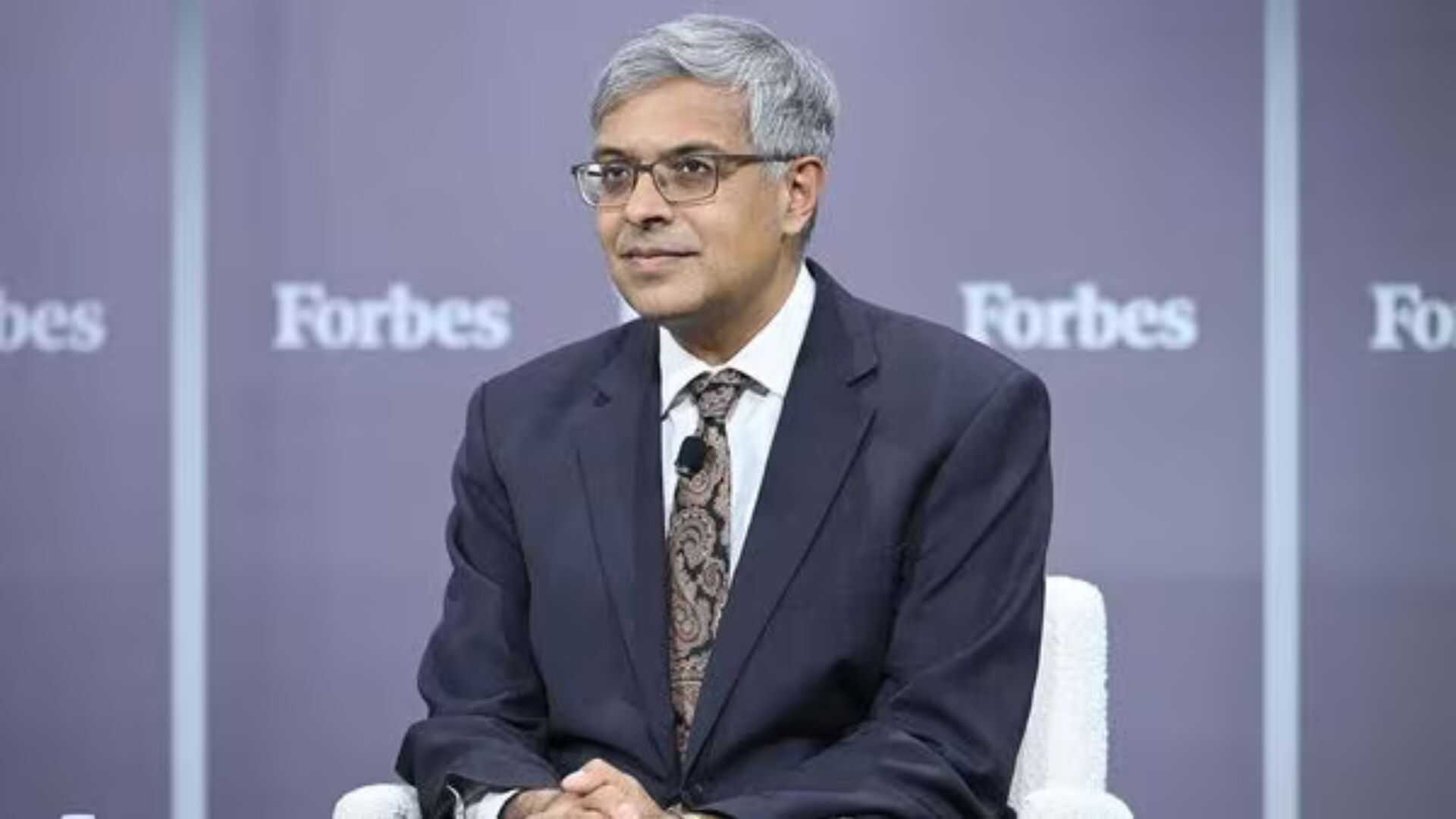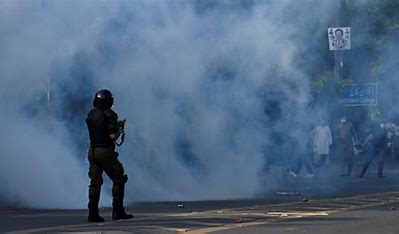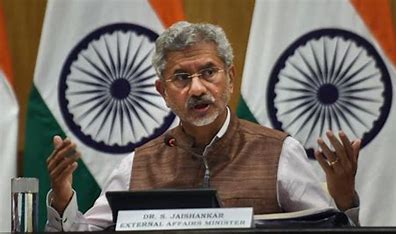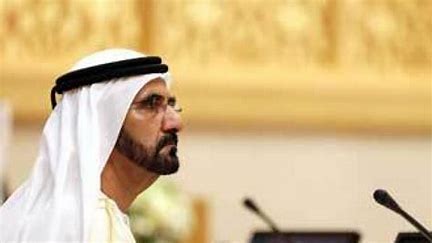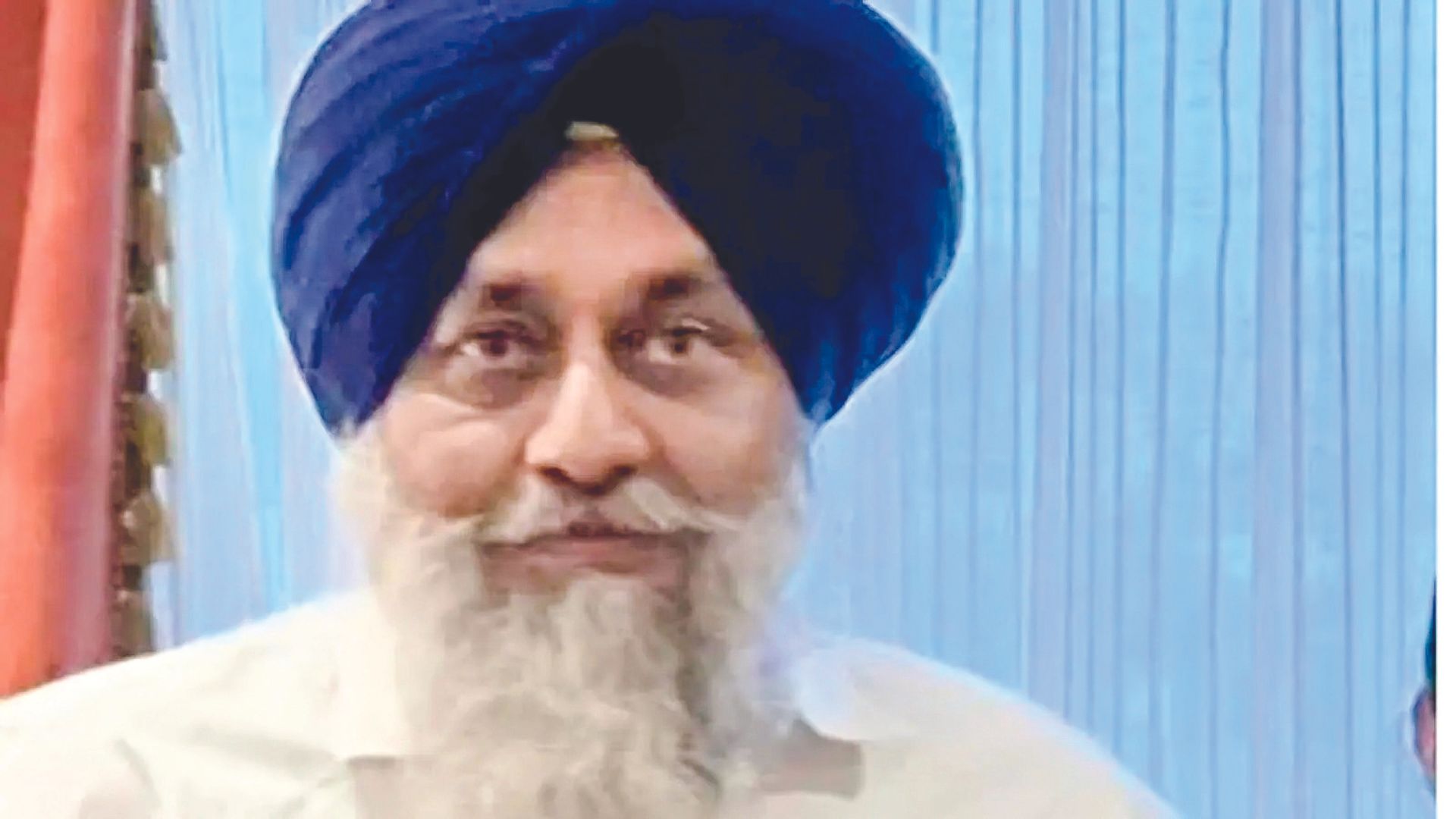
As the Shiromani Akali Dal (SAD) president Sukhbir Singh Badal campaigns for the upcoming elections, one prominent poster stands out at his rallies. The poster fea tures a photo of the damaged Akal Takht at the Golden Temple post-Operation Blue Star, with Badal urging voters to remember “what the Congress did in 1984” when they cast their ballots on June 1. Across Punjab, the Shiro mani Gurdwara Parband hak Committee (SGPC), the apex elected body of the Sikhs controlled by the SAD, has put up similar mega-sized posters. These posters aim to strengthen the party’s Panthic politics by leveraging the 40th an niversary of Operation Blue Star—a controversial mili tary operation ordered by the then-Congress-led cen tral government to remove militants from the Sikh holy shrine. While the Congress is the primary target of these posters, as Indira Gandhi was Prime Minister during Operation Blue Star (June 1-6, 1984), the Aam Aadmi Party (AAP) and the SAD might also be affected if the narrative gains traction. The constituencies most likely to be impacted in clude Faridkot, Sangrur, Khadoor Sahib, and Bath inda. In Faridkot, the son of Beant Singh, one of Indira Gandhi’s assassins, is a can didate. In Sangrur, radical SAD (A) leader Simranjit Singh Mann, the sitting MP, is running again. Khadoor Sahib features controversial preacher and Khalistan ad vocate Amritpal Singh, cur rently jailed under the NSA, as a candidate. In Bathinda, gangster-turned-activist Lakha Sidhana is contesting as an Independent. An SGPC poster in Farid kot reads, “An attack from the then Congress govern ment from June 01 to June 06… Na bhullan yog, na bakhshan yog (Neither wor thy of being forgotten, nor forgiveness).” Faridkot, a Scheduled Caste-reserved seat, has over 100 such post ers, according to SGPC sec retary Partap Singh. Similar posters are widespread in other districts. The emer gence of Operation Blue Star as an election issue marks a significant shift.


